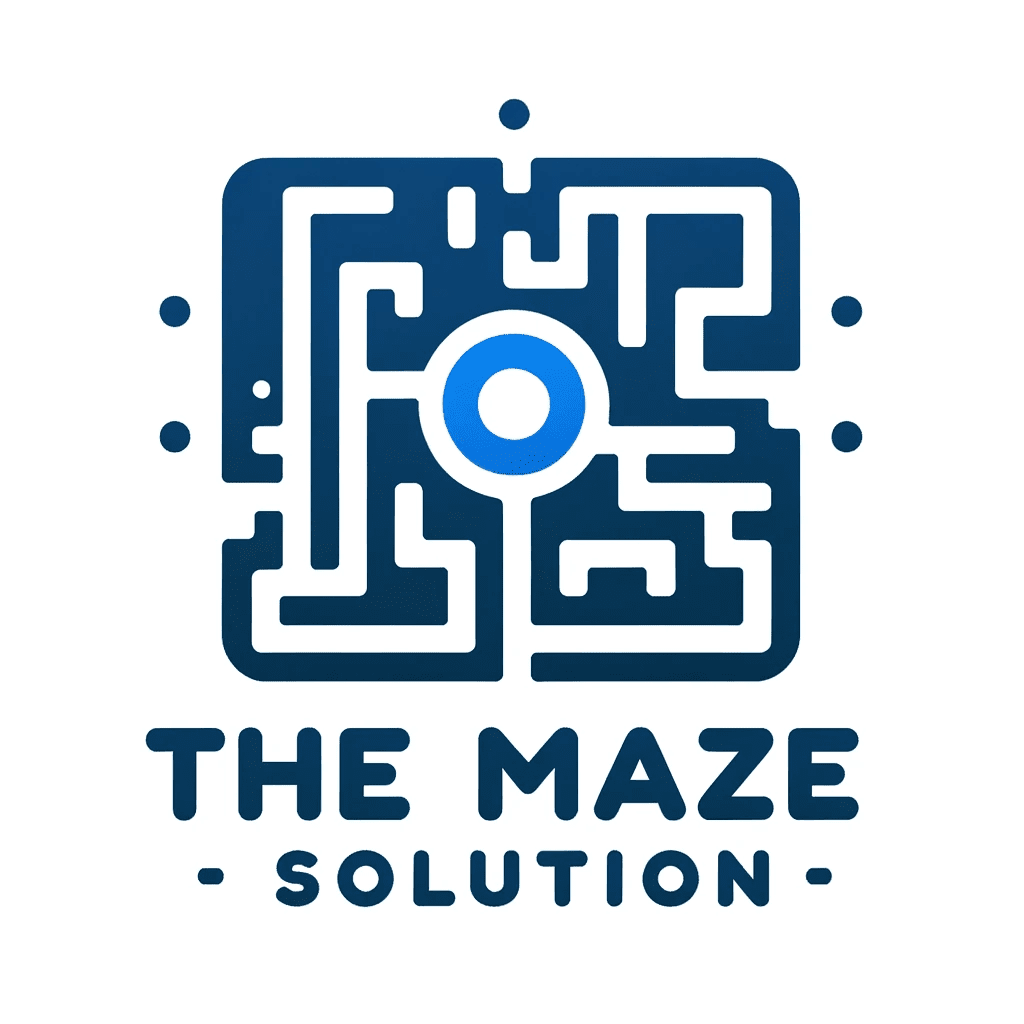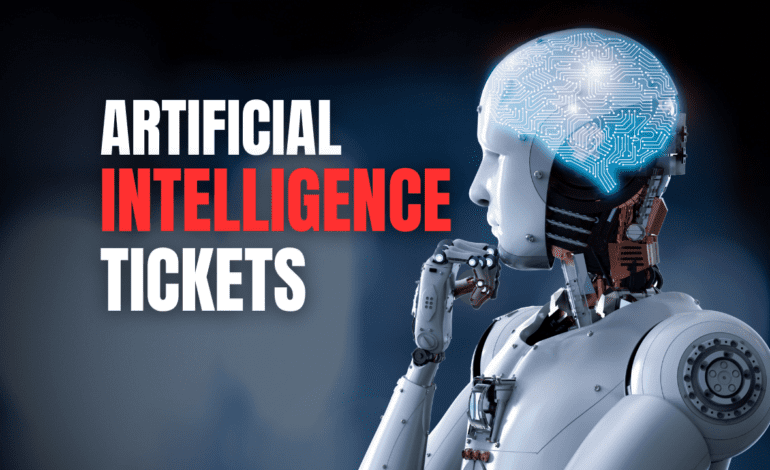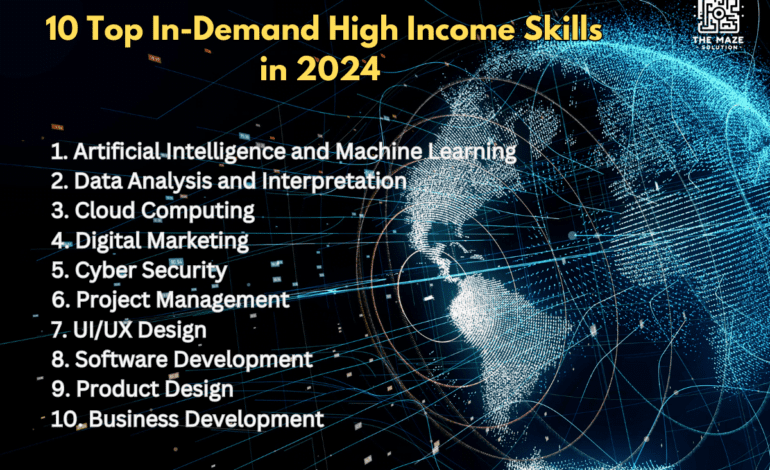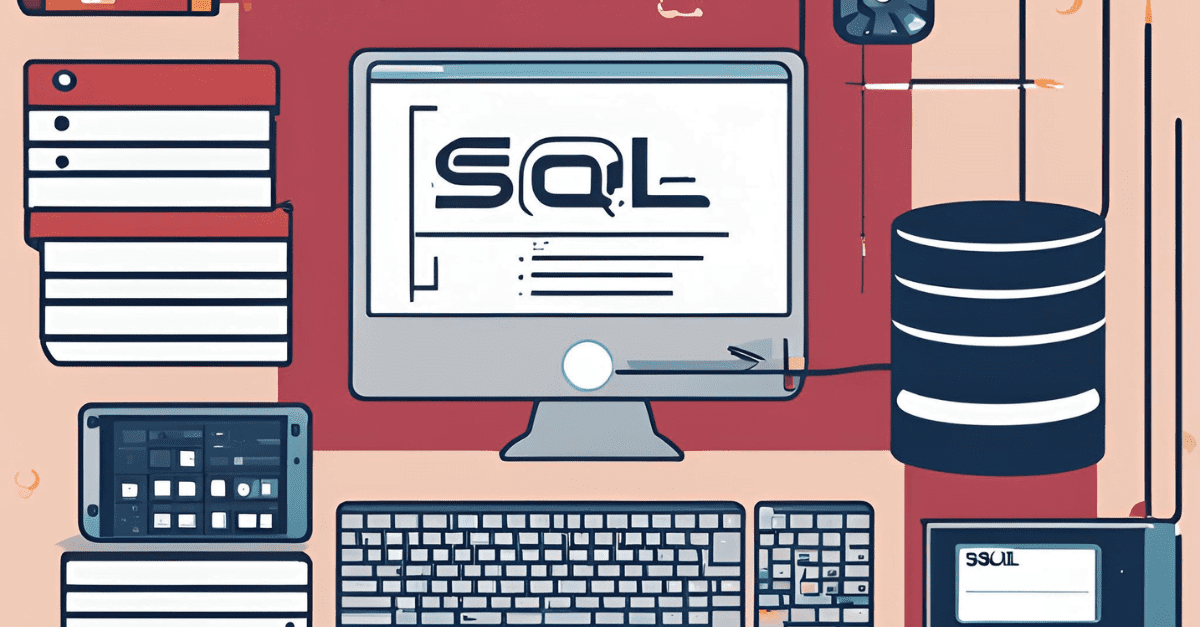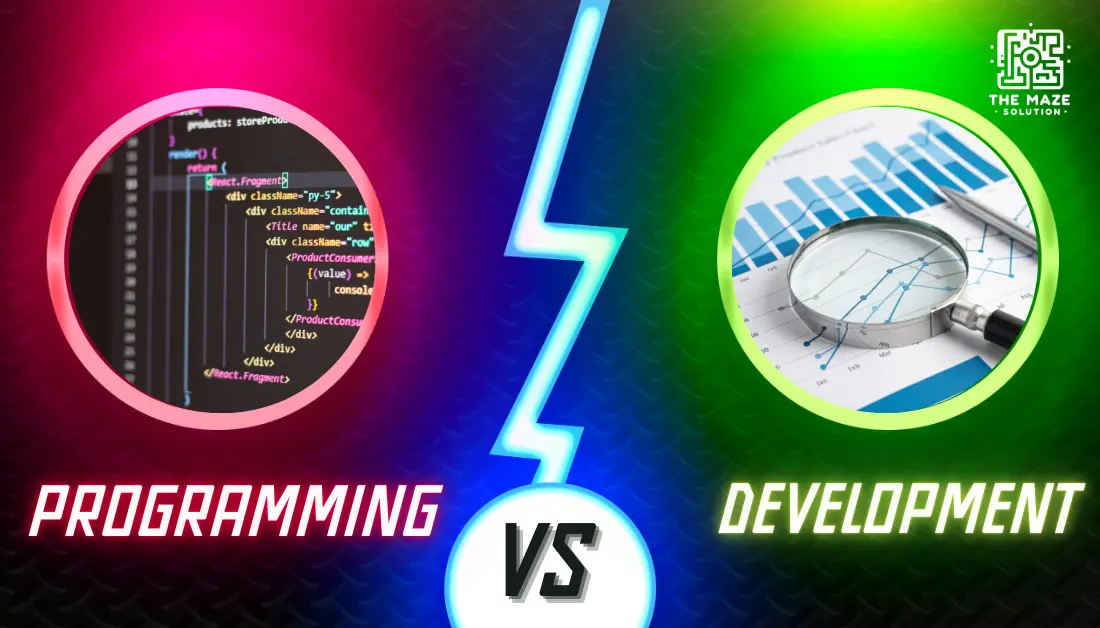How Does The Use Of New Technology In Industry Full Details
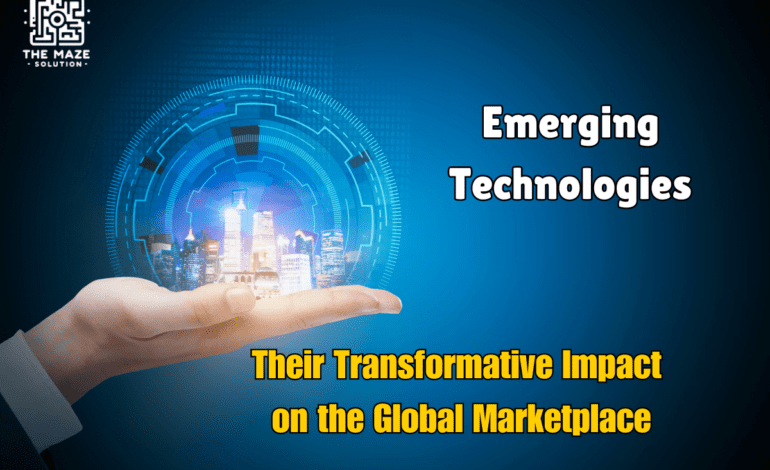
Introduction
In today’s fast-paced world, technology is not just an enabler but a game-changer. Emerging technologies are reshaping industries, transforming how businesses operate, and altering the global marketplace in profound ways. From automation and artificial intelligence to the Internet of Things (IoT) and 3D printing, these innovations are driving unprecedented change.
In this blog post, we will explore the significance of these emerging technologies, how they are streamlining industrial processes, and their far-reaching impact on the global marketplace. We will also provide practical insights for professionals, including estheticians, on how to integrate these technologies into their work. Whether you’re a technology enthusiast, an industry expert, or a student, this guide will offer valuable perspectives on the future of tech-driven industries.
How Does the Use of New Technology in Industry?
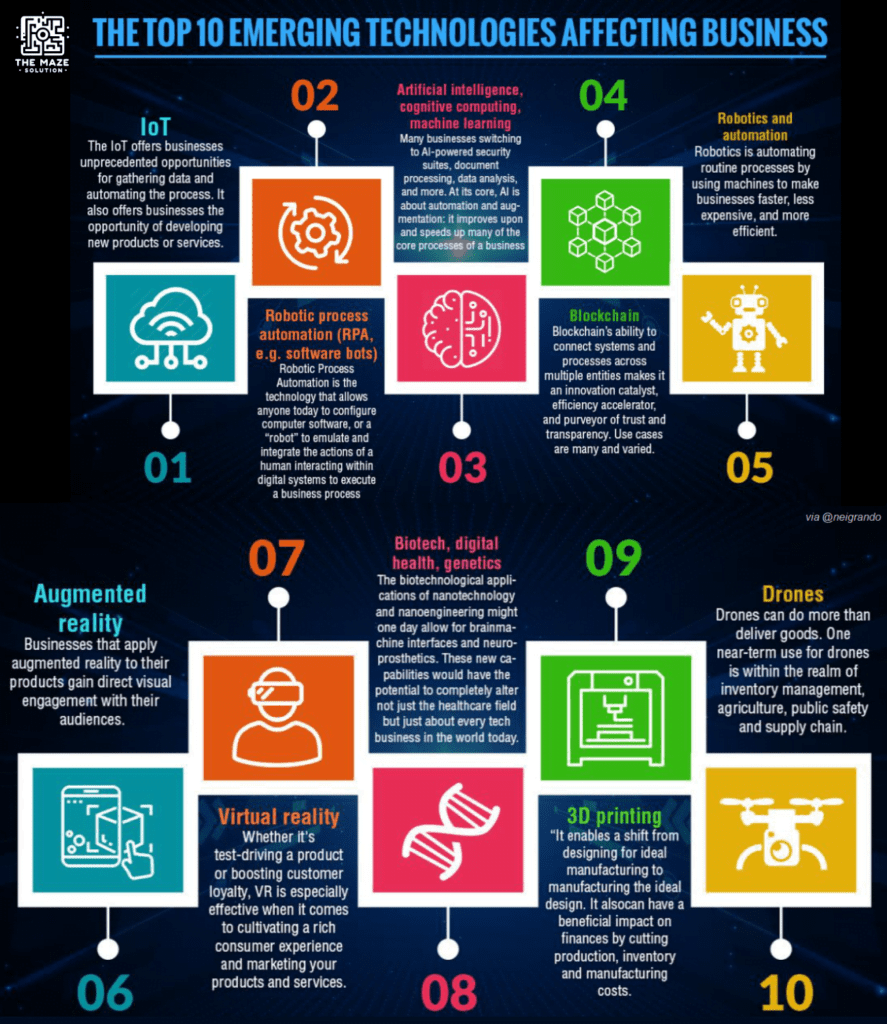
Automation and Robotics
Automation and robotics are revolutionizing the way industries operate by streamlining processes and increasing efficiency. These technologies enable repetitive and mundane tasks to be performed with precision and consistency, freeing up human workers to focus on more complex and creative activities.
In the manufacturing sector, for example, robots are used for assembling products, packaging, and even quality control. Automotive companies like Tesla have integrated advanced robotics into their production lines, significantly reducing production times and costs. Similarly, in the food industry, automation has led to the development of machines that can perform tasks such as sorting, packaging, and labeling with minimal human intervention.
The benefits of automation and robotics extend beyond efficiency. They also enhance workplace safety by taking over dangerous tasks, reducing the risk of accidents and injuries. Additionally, these technologies contribute to higher product quality and consistency, leading to increased customer satisfaction.
Artificial Intelligence and Machine Learning
Artificial intelligence (AI) and machine learning (ML) are at the forefront of technological innovation, playing a crucial role in predictive analytics, quality control, and process optimization. AI algorithms can analyze vast amounts of data to identify patterns and trends, enabling businesses to make data-driven decisions.
In the healthcare industry, AI-powered diagnostic tools assist doctors in detecting diseases at an early stage, improving patient outcomes. Retailers like Amazon use machine learning to recommend products to customers based on their browsing history and preferences, enhancing the shopping experience. In finance, AI algorithms are used for fraud detection, risk assessment, and automated trading.
AI and ML are also driving innovation in various other sectors. For instance, in agriculture, AI-powered drones monitor crop health and optimize irrigation, leading to increased yields and reduced resource consumption. In the energy sector, AI is used to predict equipment failures and optimize energy consumption, contributing to sustainability and cost savings.
Internet of Things (IoT)
The Internet of Things (IoT) is a network of interconnected devices that communicate and share data with each other. In industrial settings, IoT enables real-time monitoring and management of equipment, leading to improved maintenance and efficiency.
For example, in the manufacturing industry, IoT sensors are used to monitor machine performance and detect anomalies, allowing for predictive maintenance and reducing downtime. In logistics, IoT devices track the location and condition of goods in transit, ensuring timely deliveries and preventing losses.
The benefits of IoT extend to various other industries as well. In healthcare, IoT devices monitor patients’ vital signs and transmit data to doctors for remote monitoring and diagnosis. In agriculture, IoT sensors collect data on soil moisture, temperature, and humidity, enabling precision farming and optimizing resource usage.
3D Printing and Additive Manufacturing
3D printing, also known as additive manufacturing, is transforming the way products are designed and manufactured in emerging technologies. This technology in emerging technologies allows for the creation of complex and customized objects by adding material layer by layer, reducing waste and production costs.
In the aerospace industry, companies like Boeing and Airbus use 3D printing to manufacture lightweight and durable components, reducing fuel consumption and emissions. In healthcare, 3D printing is used to create customized prosthetics, implants, and even human tissue, improving patient outcomes and quality of life.
The impact of 3D printing extends to education and research as well. Educational institutions use 3D printers to teach students about design and engineering, fostering creativity and innovation. Researchers use 3D printing to create prototypes and conduct experiments, accelerating the development of new products and technologies.
How Have Emerging Technologies Impacted the Global Marketplace?
E-commerce and Digital Transformation
The growth of e-commerce and digital platforms has been driven by technological advancements, revolutionizing the way consumers shop and businesses operate. Online marketplaces like Amazon and Alibaba have made it possible for consumers to purchase products from anywhere in the world, with just a few clicks.
The rise of e-commerce has also led to changes in consumer behavior and market trends. Consumers now expect fast and convenient shopping experiences, personalized recommendations, and seamless payment options. Businesses have responded by adopting digital marketing strategies, optimizing their websites for mobile devices, and leveraging data analytics to understand customer preferences.
Digital transformation extends beyond e-commerce to various other sectors. In banking, fintech companies offer digital payment solutions, online banking, and blockchain-based transactions, enhancing convenience and security. In healthcare, telemedicine platforms enable remote consultations and digital health records, improving access to medical services.
Global Supply Chains and Logistics
Emerging technologies like blockchain and AI have had a profound impact on supply chain management, enhancing transparency, efficiency, and security in logistics. Blockchain, a decentralized and immutable ledger, enables secure and transparent tracking of goods and transactions, reducing the risk of fraud and errors.
For example, companies like IBM and Maersk have developed blockchain-based platforms for tracking shipments and verifying the authenticity of products. In the food industry, blockchain is used to trace the origin of food products, ensuring food safety and quality. In the pharmaceutical industry, blockchain helps prevent counterfeit drugs by verifying the authenticity of medications.
AI is also transforming supply chain management by optimizing inventory levels, predicting demand, and automating procurement processes. Companies like Walmart and Amazon use AI algorithms to forecast demand, optimize warehouse operations, and improve delivery times, enhancing customer satisfaction and reducing costs.
Financial Technologies (FinTech)
Innovations in financial services, including digital payments and blockchain, have given rise to fintech companies that are disrupting traditional banking. Fintech companies offer a range of services, from peer-to-peer lending and mobile banking to cryptocurrency exchanges and robo-advisors.
For example, companies like PayPal and Square provide digital payment solutions that enable consumers and businesses to send and receive money instantly. Mobile banking apps like Revolut and Monzo offer convenient and user-friendly banking services, including budget tracking, foreign currency exchange, and investment options.
Blockchain in emerging technologies is also transforming the financial sector by enabling secure and transparent transactions without the need for intermediaries. Cryptocurrencies like Bitcoin and Ethereum have gained popularity as alternative investments, and blockchain-based platforms like Ethereum enable the creation of decentralized applications and smart contracts.
Market Accessibility and Inclusivity
One of the most significant impacts of emerging technologies is the increased accessibility and inclusivity of markets. Technology has made it easier for small businesses and entrepreneurs to reach global audiences, compete with larger companies, and access resources and opportunities.
For example, e-commerce platforms like Shopify and Etsy enable small businesses to set up online stores and sell products to customers worldwide. Social media platforms like Instagram and Facebook provide powerful marketing tools that allow businesses to reach and engage with their target audience.
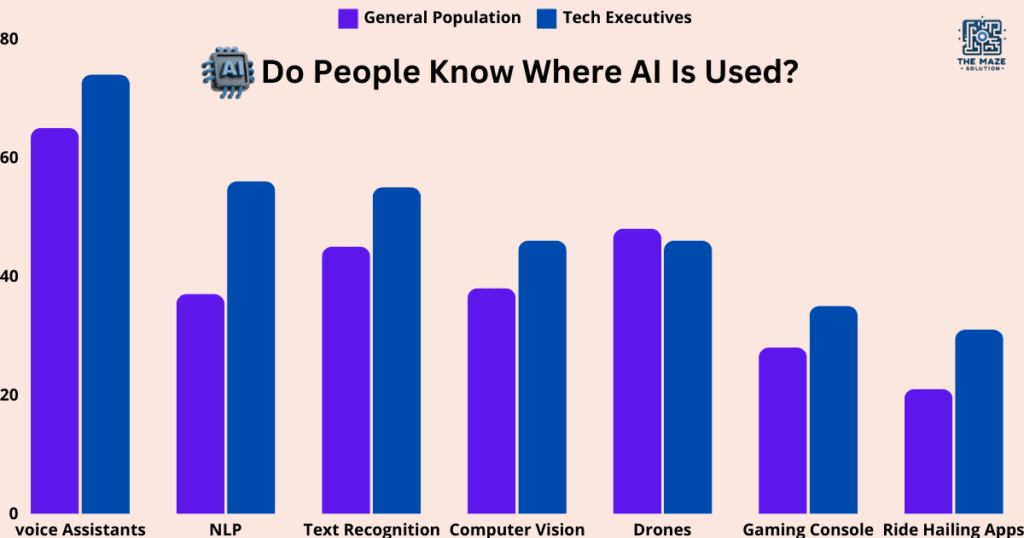
Emerging technologies has also enabled greater inclusivity by providing access to financial services, education, and healthcare to underserved populations. Mobile banking apps and digital payment solutions have brought financial services to unbanked and underbanked communities. Online learning platforms like Coursera and Khan Academy offer free and affordable education to people around the world. Telemedicine platforms provide remote consultations and medical services to people in rural and remote areas.
How Should Estheticians Relate to Emerging New Technologies?
Adopting Advanced Tools and Equipment
Estheticians can benefit from adopting advanced skincare devices and equipment that offer improved results and efficiency. Technologies like laser therapy, microdermabrasion, and LED light therapy can enhance the effectiveness of skincare treatments and provide clients with better outcomes.
For example, laser therapy devices can be used for hair removal, skin rejuvenation, and acne treatment, providing long-lasting results with minimal downtime. Microdermabrasion devices exfoliate the skin and promote collagen production, improving skin texture and appearance. LED light therapy devices use different wavelengths of light to target various skin concerns, such as acne, inflammation, and aging.
To stay updated with the latest advancements, estheticians should invest in training and education on new technologies and techniques. Workshops, certification programs, and online courses can help estheticians enhance their skills and knowledge, ensuring they provide the best possible services to their clients.
Digital Marketing and Online Presence
In today’s digital age, a strong online presence is essential for attracting and retaining clients. Estheticians can leverage digital marketing strategies to promote their services, build their brand, and engage with their audience.
Social media platforms like Instagram, Facebook, and Pinterest are powerful tools for showcasing before-and-after photos, sharing skincare tips, and connecting with potential clients. A well-designed website with an online booking system can make it easy for clients to schedule appointments and learn more about the services offered.
Estheticians can also benefit from email marketing campaigns to keep clients informed about promotions, new services, and skincare tips. By building an email list and sending regular newsletters, estheticians can nurture relationships with their clients and encourage repeat business.
Client Management and Personalization
Effective client management and personalized services are key to building strong client relationships and ensuring customer satisfaction. Estheticians can use customer relationship management (CRM) systems to keep track of client information, preferences, and treatment history.
CRM systems enable estheticians to offer personalized recommendations based on clients’ skin types, concerns, and goals. By keeping detailed records of treatments and products used, estheticians can tailor their services to meet each client’s unique needs.
Personalized services can also include follow-up emails or calls to check on clients’ progress and provide additional skincare advice. By showing genuine care and attention, estheticians can build trust and loyalty with their clients.
Staying Ahead with Continuous Learning
Continuous professional development is essential for estheticians to stay ahead in the rapidly evolving beauty industry. Staying informed about new technologies, trends, and techniques can help estheticians offer the best possible services and maintain a competitive edge.
There are various resources and platforms available for estheticians to continue their education. Professional associations, such as the International Dermal Institute and the National Coalition of Estheticians Associations, offer workshops, webinars, and certification programs. Online learning platforms like Udemy and Skillshare provide affordable courses on a wide range of topics, from skincare science to digital marketing.
Attending industry conferences and trade shows can also provide valuable opportunities for networking, learning, and discovering the latest products and technologies. By investing in continuous learning, estheticians can stay current and offer cutting-edge services to their clients.
Challenges and Considerations
Ethical and Privacy Concerns
While emerging technologies offer numerous benefits, they also raise ethical and privacy concerns that must be addressed. For example, the use of AI and data analytics in various industries requires careful consideration of data privacy and security.
Businesses must ensure that they collect, store, and use data responsibly and transparently. This includes obtaining informed consent from customers, protecting data from breaches, and complying with regulations such as the General Data Protection Regulation (GDPR).
In the beauty industry, ethical considerations also include the use of safe and non-invasive technologies, as well as the responsible sourcing of skincare products and ingredients. Estheticians should prioritize the well-being and safety of their clients and adhere to ethical standards and guidelines.
Cost and Accessibility
Adopting new emerging technologies can be costly, and not all businesses have the resources to invest in advanced tools and equipment. Ensuring equitable access to technological advancements is a challenge that must be addressed to prevent widening disparities between large and small businesses.
One solution is to explore financing options, grants, and subsidies that can help businesses invest in new technologies. Collaboration with suppliers and manufacturers can also lead to cost-sharing arrangements and discounts.
In the beauty industry, estheticians can start by investing in affordable and versatile tools that offer a high return on investment. Building a strong online presence through digital marketing can also be a cost-effective way to reach and engage with clients.
Conclusion
Emerging technologies are transforming industries and reshaping the global marketplace in profound ways. From automation and AI to IoT and 3D printing, these innovations are driving efficiency, enhancing decision-making, and promoting inclusivity.
For estheticians and other professionals, staying informed about new technologies and integrating them into their work can lead to improved services, stronger client relationships, and a competitive edge. By addressing challenges such as ethical concerns and cost barriers, businesses can harness the power of emerging technologies responsibly and effectively.
As we look to the future, it is clear that emerging technologies will continue to drive change and create new opportunities. We encourage industries and professionals to embrace emerging technologies advancements and stay ahead of the curve.
For those interested in exploring more about emerging technologies and their impact on various industries, we invite you to stay connected with our blog for the latest insights and updates.
